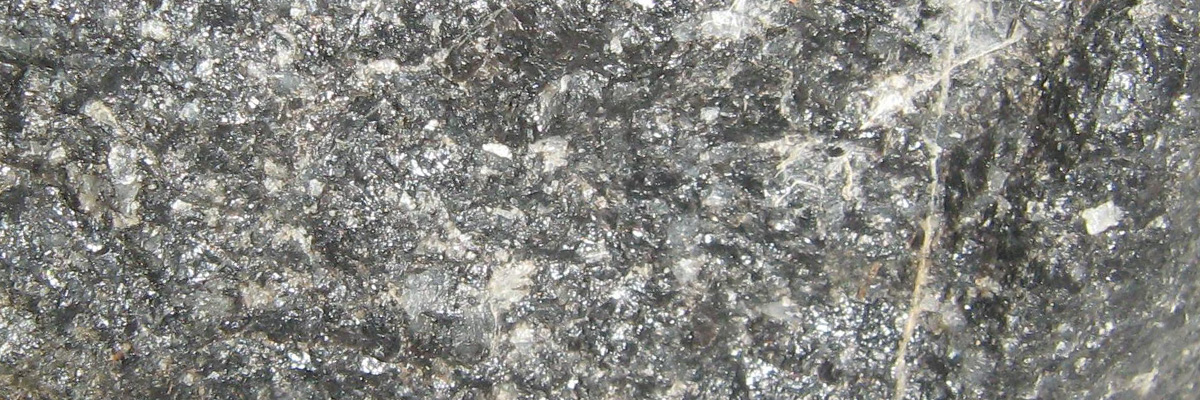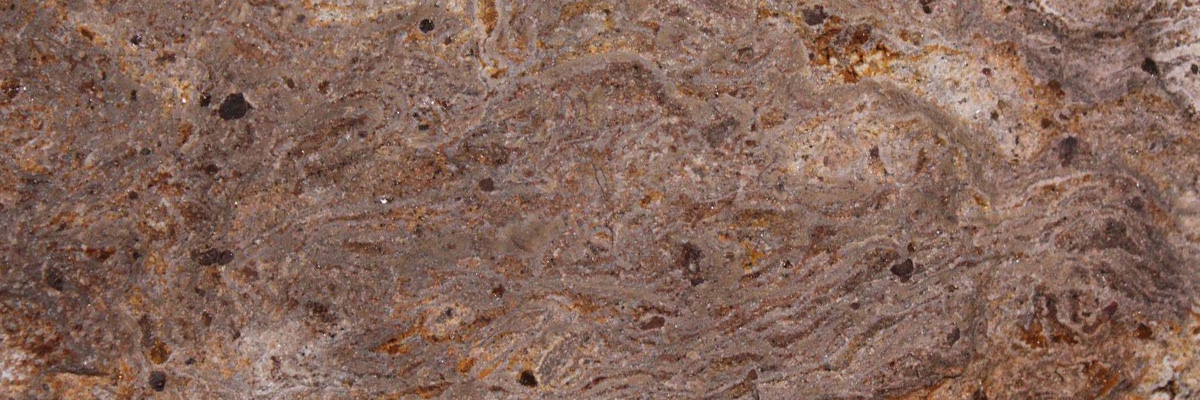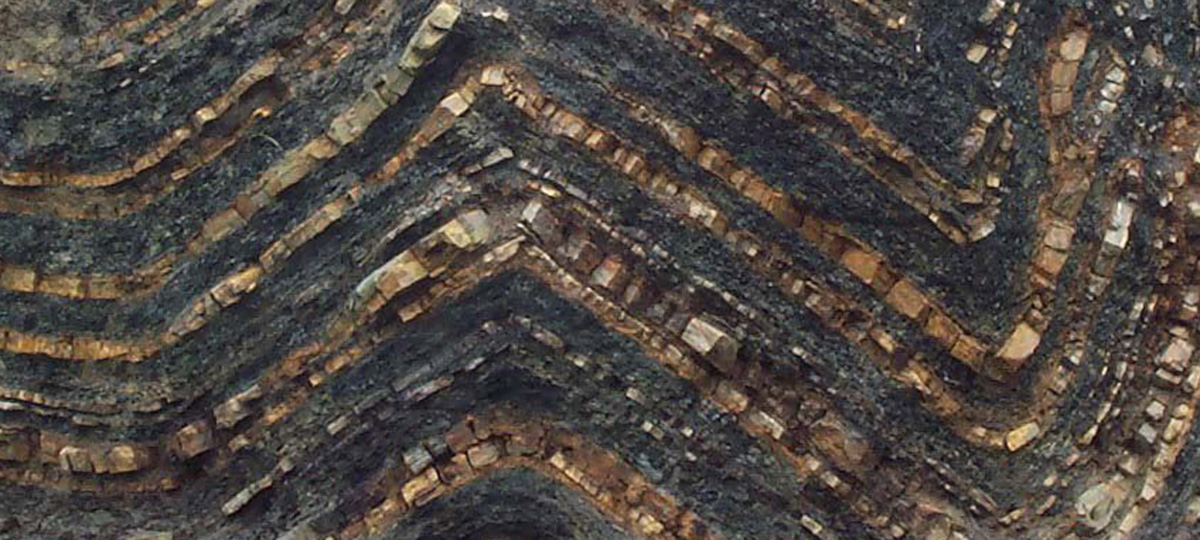Extrusive igneous rocks, also known as volcanic rocks, form from the rapid cooling and solidification of lava on or near the Earth’s surface. These captivating rocks provide a unique window into the dynamic processes occurring during volcanic eruptions and offer an intriguing glimpse into the Earth’s interior. Extrusive igneous rocks exhibit a wide range of textures, mineral compositions, and appearances, contributing to the incredible diversity of volcanic landscapes.
Formation
Extrusive igneous rocks form when molten rock, or lava, erupts onto the Earth’s surface and cools rapidly. The rate of cooling and the surrounding environment, such as the atmosphere or water, determine the texture and mineral composition of the resulting rock. Extrusive rocks are typically found in a variety of volcanic settings, including lava flows, volcanic ash deposits, and volcanic landforms such as domes and cinder cones.
Types
There are several types of extrusive igneous rocks, including:
- Basalt:
A fine-grained, mafic rock composed mainly of plagioclase feldspar, pyroxene, and olivine. Basalt is the most common volcanic rock on Earth, making up the majority of the oceanic crust and occurring in many continental volcanic settings. - Rhyolite:
A fine-grained, felsic rock with a similar composition to granite but containing a higher proportion of silica. Rhyolite is found in continental volcanic settings, where it forms lava flows, volcanic domes, and ash deposits. - Andesite:
An intermediate, fine-grained rock composed of plagioclase feldspar, pyroxene, and/or amphibole, with minor amounts of other minerals. Andesite is common in subduction-related volcanic settings, such as the Pacific Ring of Fire. - Obsidian:
A felsic, glassy rock formed by the rapid cooling of high-silica lava, which prevents the formation of mineral crystals. Obsidian is often found in association with rhyolite and other felsic volcanic rocks.
Properties
Extrusive igneous rocks display a range of properties, reflecting their distinct textures and mineral compositions. They generally have fine-grained or aphanitic textures, resulting from the rapid cooling that prevents the formation of large crystals. Some extrusive rocks, such as obsidian and pumice, have a glassy or frothy texture due to their unique cooling history.
The colors of extrusive igneous rocks can range from light to dark, depending on their mineral compositions. Extrusive rocks can be classified based on their silica content and mineralogy into felsic, intermediate, and mafic categories, which provide valuable insights into the processes that formed them and the tectonic settings where they occur.
Significance
Extrusive igneous rocks hold significant importance in various fields. In geology, they provide crucial information about the Earth’s interior, the processes that form new crust, and the mechanisms of volcanic eruptions. They also serve as a source of valuable minerals and geothermal energy.
Extrusive igneous rocks have important commercial and industrial uses, with basalt employed in the construction of roads, bridges, and as a raw material for the production of fibers and insulation materials. Obsidian, due to its unique glassy texture, has been historically used for tools, weapons, and decorative items.
Understanding the formation, distribution, and properties of extrusive igneous rocks is essential for managing natural resources, evaluating volcanic hazards, and mitigating the environmental impacts of their extraction and use. Studying these rocks contributes to our understanding of the dynamic processes that shape the Earth’s crust and the diverse volcanic environments
Examples
-
Andesite
Andesite is an extrusive igneous rock that falls within the intermediate category, situated between felsic and mafic rocks in terms of silica content. Its class …
-
Basalt
Basalt is an extrusive igneous rock primarily composed of plagioclase feldspar, pyroxene, and sometimes olivine. It is characterized by a fine-grained or aphanitic texture and …
-
Dacite
Dacite is an extrusive igneous rock that is predominantly felsic in composition, characterized by its intermediate to high silica content. It typically exhibits a fine-grained …
-
Obsidian
Obsidian is an extrusive igneous rock characterized by its glass-like appearance and lack of a crystalline structure. This unique rock is typically black or dark …
-
Rhyolite
Rhyolite is an extrusive igneous rock characterized by its fine-grained or aphanitic texture, formed by the rapid cooling of high-silica magma. Its class is felsic, …
-
Scoria
Scoria is an extrusive igneous rock characterized by its vesicular or porous texture, which results from the release of volcanic gases during the rock’s formation. …

Related Posts
-
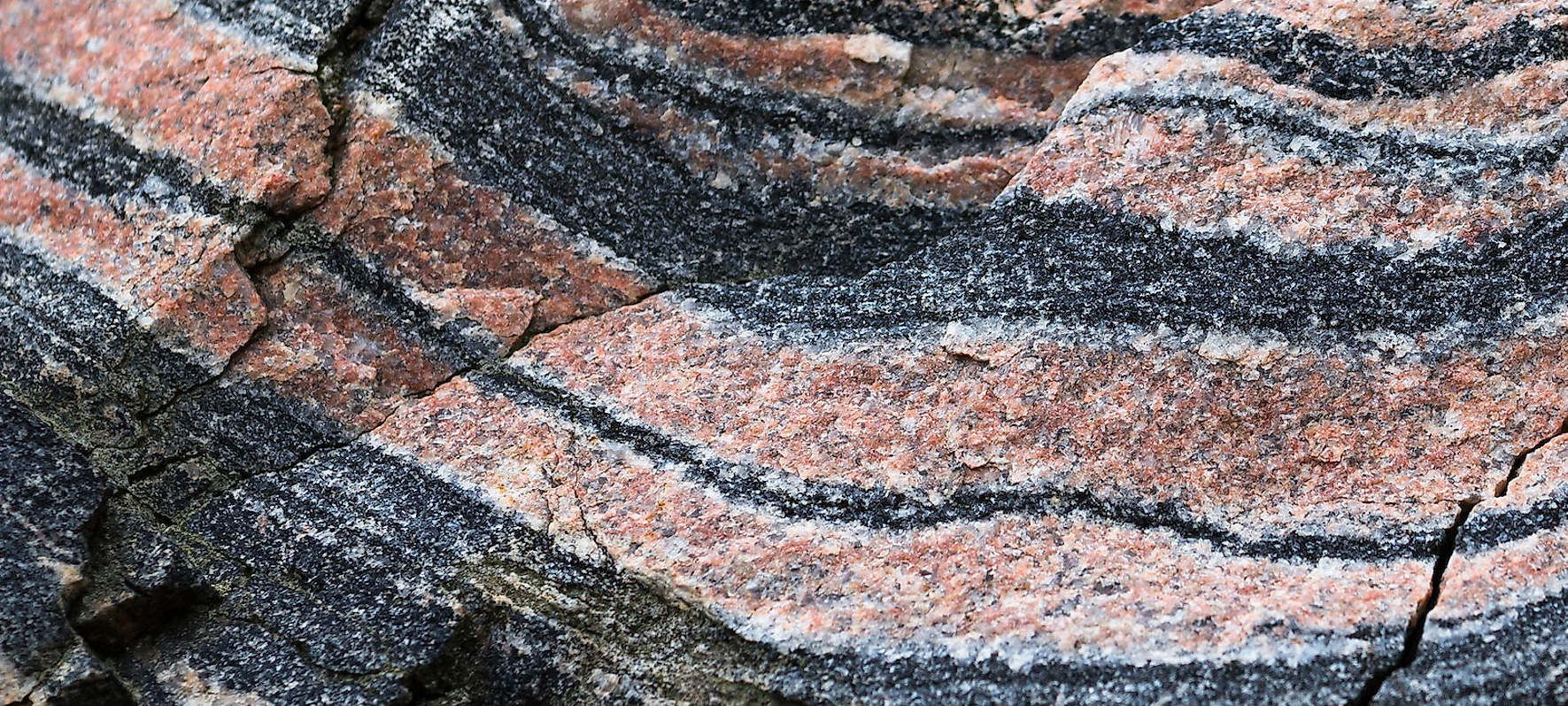
Metamorphic
Metamorphic rocks are a fascinating class of rocks that have undergone transformation due to intense heat, pressure, or mineral exchange deep within the Earth’s crust. …
-
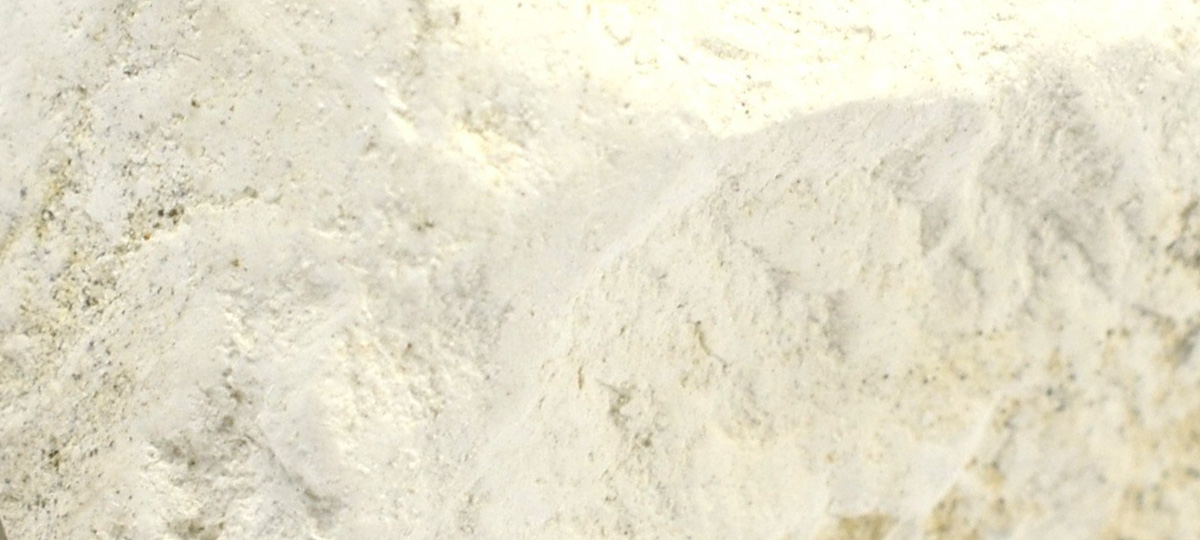
Organic Sedimentary
Organic sedimentary rocks are unique formations derived from the accumulation and preservation of plant and animal remains, providing a window into Earth’s biological history. These …
-

Chemical Sedimentary
Chemical sedimentary rocks are formed from the precipitation of dissolved minerals from water, often due to changing environmental conditions. These captivating rocks offer valuable insights …



